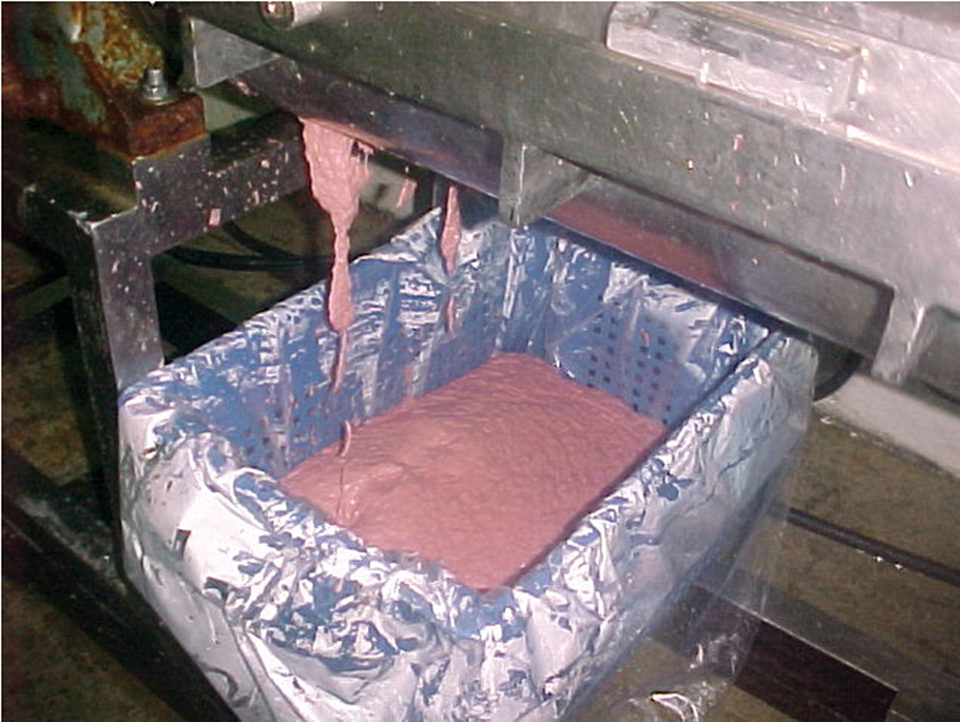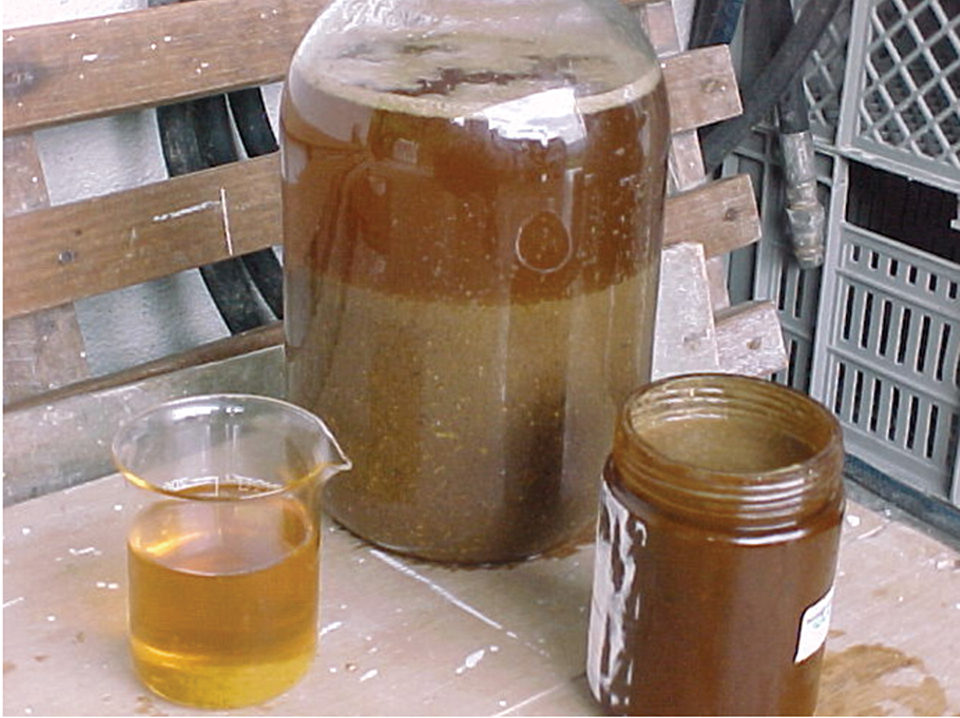Recovered fishery byproducts could replace attractants

The commercial production of various aquatic species relies heavily on the use of fishmeal and fish oil because of their amino acid and fatty acid profiles. The proportion of global fishmeal and fish oil production utilized in aquafeeds has increased substantially over the past decade and is predicted to reach 40 percent by 2010.
Fishmeal and fish oil are mainly produced from fish caught in the wild. However, global fishmeal production from wild-catch sources has reached a plateau, and further increases are unlikely, as wild stocks have already reached their maximum biological limits. Thus, viable commercial alternatives must be developed and implemented for the long-term sustainability of the aquaculture industry.
Hydrolyzed fish byproducts
One simple and feasible alternative is the production of fish hydrolysate or digest at the location where fish offal is generated. This results in the recovery of protein, fish oil, and other nutrients by transforming them into a high-quality feed ingredient for use in compounded feeds for chickens, pigs, and other aquaculture species.
The recovery technology is especially attractive to fish farms and processing plants located in remote areas, where appropriate disposal of fish offal to avoid environmental and health issues can result in significant costs. An important consideration is to always avoid feeding fish byproducts from a species back to the same species.
The production of hydrolyzed fish byproducts involves a biochemical transformation of the fresh fishery byproduct into a biosecure form stabilized by enzymatic action, reducing the pH of the mixture to a value around 4.0. The fish product is then further refined to meet the needs of individual applications and distributed to feed mills as a stabilized liquid raw ingredient for general animal feed production.

Beneficial attractant
Besides the nutritional profile of fish digest as a significant source of amino acids, fatty acids, and energy – with protein digestibility values over 97 percent and very low 0.01 percent total volatile nitrogen scores, hydrolysate produced via bacterial fermentation may also function as an immunostimulant or probiotic for aquatic species.
Fishery digest could play an increasing role as a feed ingredient in the future, as the variety and quantity of plant proteins with bland or off-flavor characteristics increase in aquafeeds. Moreover, in the feed industry for shrimp and many carnivorous fish species, as well as medicated feed, attractants are included at a rate of 2 to 8 percent of the total diet, which may well be successfully replaced by recovered fishery byproducts.
Application
Depending on the feed mill equipment and capabilities, fish digest can be included directly in mixers and extruder barrels, and/or sprayed as a final top coating. Very satisfactory results (Table 1) have been reported for salmonid, tilapia, and shrimp feeds with increasing levels of fish digest when compared to feed without the hydrolysate.
Negret, Representative data of recovery process, Table 1
| Inclusion Level | 0% | 4% | 7% |
|---|---|---|---|
| Water demand (kg/hour) | 500 | Reduced to 60% | Reduced to 40% |
| Extrusion (mt/hour) | 4 | 25% increase | 37.5% increase |
| Drying temperature (° C) | 120 | Same | Reduced to 83% |
| Engine amperage | 220 | Reduced to 82% | Reduced to 77% |
(Editor’s Note: This article was originally published in the June 2006 print edition of the Global Aquaculture Advocate.)
Now that you've finished reading the article ...
… we hope you’ll consider supporting our mission to document the evolution of the global aquaculture industry and share our vast network of contributors’ expansive knowledge every week.
By becoming a Global Seafood Alliance member, you’re ensuring that all of the pre-competitive work we do through member benefits, resources and events can continue. Individual membership costs just $50 a year. GSA individual and corporate members receive complimentary access to a series of GOAL virtual events beginning in April. Join now.
Not a GSA member? Join us.
Authors
-
Enrique Negret, M.S.
Proteoliticos, A.A.
110-024, Bogotá, Colombia[109,111,99,46,108,105,97,109,101,64,115,111,99,105,116,105,108,111,101,116,111,114,112]
-
Mario Velasco, Ph.D.
Marnetec S.L.
C/Pere Terre i Domenech 11
Barcelona, Spain
Tagged With
Related Posts

Aquafeeds
Animal byproduct concentrates useful tools in formulation
With the market volatility of fishmeal, as well as rising sustainability concerns, the aquaculture industry is seeking sources of protein, such as animal byproduct concentrates, to substitute for fishmeal.

Intelligence
Byproduct utilization for increased profitability, part 3
Fish protein hydrolysates obtained from fish-processing wastes can be used to make valuable ingredients for the food and healthcare industries. Hydrolysates are produced from fish muscle and viscera through an autolytic process by endogenous enzymes or an accelerated method using exogenous enzymes.

Intelligence
Byproduct utilization for increased profitability, part 4
Protein hydrolysates can be produced by acid, base or enzymatic hydrolysis processes. Acid hydrolysis produces salt that makes the product unsuitable for food and destroys some essential amino acids. An optimum process for one fish or shellfish by-product may not be optimum for another.

Health & Welfare
Effects of combining two exogenous carbohydrases on growth of Nile tilapia
This study evaluated the effects of a combination of two exogenous carbohydrases – xylanase and β-glucanase (XB) – to enhance growth performance Nile tilapia juveniles.


